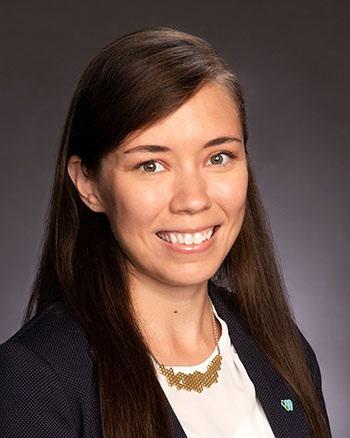U.S. Fish and Wildlife Service
Improving SECAS Gulf-wide Integration
Integrated data to support natural resource conservation and restoration in the northern Gulf of Mexico
This technical report summarizes the effort carried out by The Water Institute of the Gulf (“the Institute”) for the U.S. Fish and Wildlife Service (USFWS) that integrated Gulf-wide spatial data to support conservation and restoration planning. The SECAS Southeast Conservation Blueprint (Southeast Blueprint) is an annually updated spatial plan that identifies places of high conservation and restoration value across the Southeast and Caribbean. The intention of this project is to build on existing Gulf-wide decision support tools, including the Southeast Blueprint through the integration of spatial ecosystem stressor and social vulnerability data sets along with the development of a regionally-consistent data layer of natural resource value (prototype Gulf-wide Blueprint).
This project explored potential methods and input data that could inform future updates of the Southeast Blueprint in 2022 and beyond. During 2018 and 2019 two preceding projects carried out extensive stakeholder engagement, including state and federal agencies as well as university and independent research organization staff, to canvas input on key metrics, data sources, priority threats and resources. Both these initial efforts were funded, at least partially, by the RESTORE Council. RESTORE Council staff as well as the RESTORE Centre of Excellence from each of the five Gulf states, assisted in identifying and contacting key stakeholders and subject matter experts in each state.






